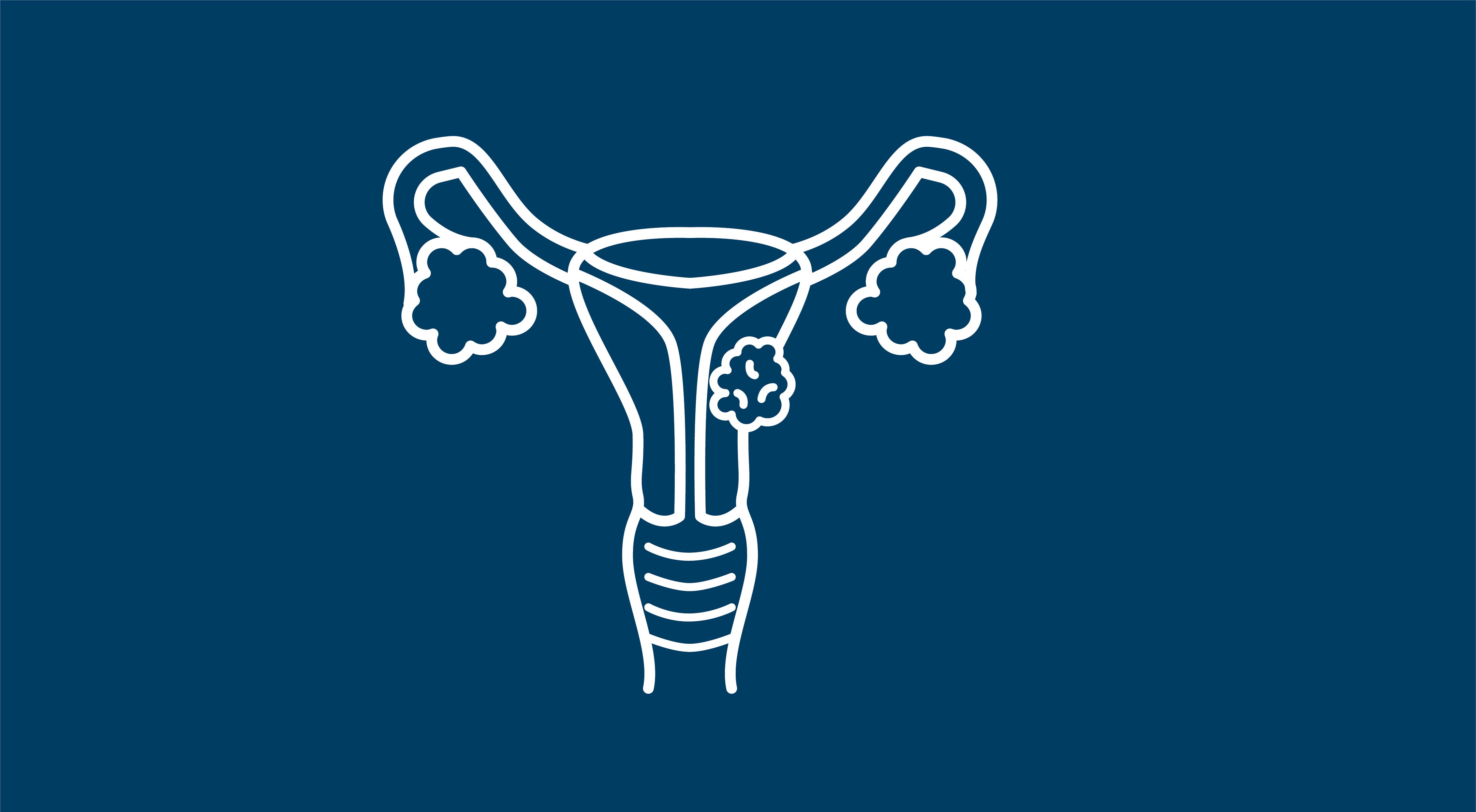Transvaginal Ultrasound Falls Short in Detecting Potential Endometrial Cancer in Black Women
Adherence to current clinical guidelines may contribute to systematic underdiagnosis in Black women, says Kemi M. Doll, MD, MS.
Transvaginal Ultrasound Falls Short in Detecting Potential Endometrial Cancer in Black Women

Transvaginal ultrasonography (TVUS) failed to identify nearly 5 times more endometrial cancer cases in Black women than in White women, says a simulated retrospective cohort finding published in JAMA Oncology.1 The screening tool, which serves to detect a need for diagnostic testing of endometrial cancer, may contribute to racial disparities of disease stage at diagnosis.
Data showed that the use of 4-mm TVUS endometrial tissue (ET) measurements to prompt biopsy led to a sensitive rate of 47.5% (95% CI, 46.0%-49.0%) among Black women vs 87.9% (95% CI, 87.6%-88.3%) among White women; the negative predictive values were 92% and 98%, respectively. Of the Black women who were referred for biopsy, 13.1% were endometrial cancer cases (95% CI, 12.5%-13.6%). The area under the curve (AUC) for the 4-mm or more threshold was 0.57 (95% CI, 0.56-0.57).
“The findings of this study suggest that adherence to current clinical guidelines results in systematic underdiagnosis in Black women with endometrial cancer owing to measurement thresholds that fail to account for uterine fibroids and nonendometrioid histologic type,” Kemi M. Doll, MD, MS, a gynecologic oncologist at University of Washington School of Medicine, and coinvestigators wrote in the publication.
In 2019, the estimated number of newly diagnosed endometrial cancer cases was 61,880 and 12,160 were deaths from endometrial cancer in the United States.2
TVUS, which is a noninvasive screening method, utilizes a test of endometrial thickness for further biopsies. Testing for this method was developed on large population-based studies from Scandinavia, Italy, and Hong Kong—none of which included Black women.
In the study, investigators sought to compare recommended TVUS ET thresholds with prompt endometrial biopsy by race as a screening method in a simulated cohort of symptomatic patients. Data were taken from the Surveillance, Epidemiology, and End Results (SEER) national cancer registry from 2012 to 2016 and the US Census; published estimates of ET distribution and fibroid prevalence, and diagnostic test characteristics of the 3- 4-, and 5-mm or more ET thresholds for biopsy to capture cancer diagnoses were calculated.
The simulated cohort was from February 2, 2020 to August 31, 2020, and the analysis occurred from September 30, 2020 to March 30, 2021. In total, 367,073 simulated Black and White females aged 45 years and older with postmenopausal bleeding were evaluated; 36,708 women had endometrial cancer. The distribution of disease histology was broken out by endometrioid (type 1; 2848 for Black women vs 27,926 for White women) and nonendometrioid (type 2; 1614 vs 4320, respectively).
The primary end point was accuracy of the TVUS ET threshold to correctly detect endometrial cancers, measured through sensitivity, negative predictive value, and AUC.
Further findings showed that, of the White women referred for biopsy, 14.6% had endometrial cancer (95% CI, 14.4%-14.7%), and the AUC was 0.73 (95% CI, 0.73-0.74).
Additionally, sensitivity, positive predictive value, and AUC were consistently lower for Black women than White women when evaluating the 3-mm or more and 5-mm or more ET thresholds.The 3-mm or more threshold led to a 51.1% (95% CI, 49.6%-52.6%) sensitivity rate at best for Black women vs 89.5% (95% CI, 89.1%-89.8%) at best in White women. For the 5-mm or more threshold, these rates were 92.2% (95% CI, 91.9%-92.5%) at best and 97.4% (95% CI, 97.3%-97.5%) at best among Black and White women, respectively.
“Based on the scenarios examined herein, there was none in which the TVUS ET strategy performed equally as well among Black women as it did among White women,” the investigators noted.
As the study was limited through the simulated cohort design, next steps following this research should include a real-world study, the investigators noted.
References
- Doll KM, Romano SS, Marsh EE, Robinson WR. Estimated performance of transvaginal ultrasonography for evaluation of postmenopausal bleeding in a simulated cohort of Black and White women in the US. JAMA Oncol. Published online July 15, 2021. doi:10.1001/jamaoncol.2021.1700
- Screening often misses endometrial cancer in Black women. News release. UW Medicine. July 15, 2021. Accessed August 16, 2021. https://bit.ly/3yRMoMz


